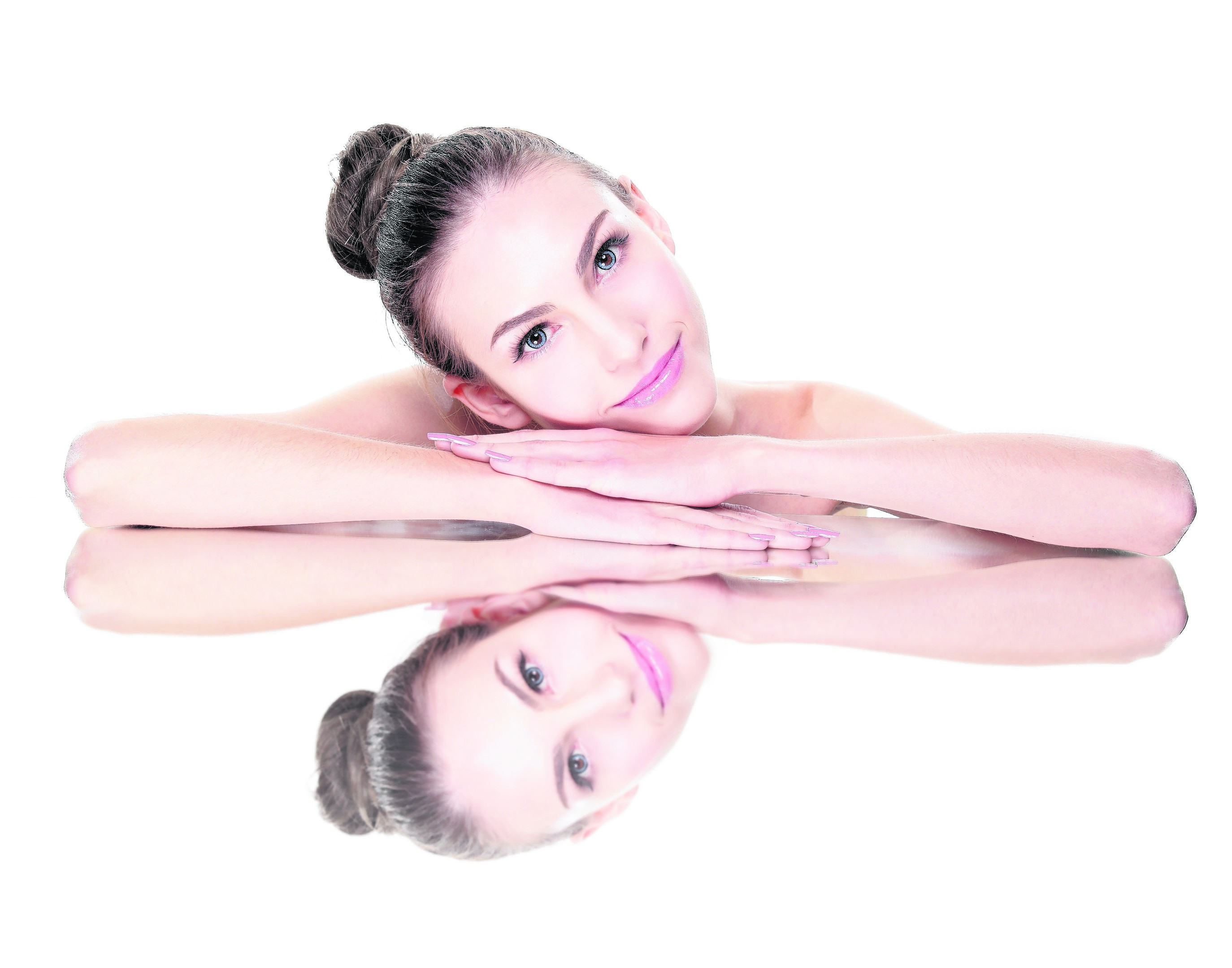Whatever your feelings on Botox© and dermal fillers, popularity of aesthetic treatments is on the rise, together with availability of those providing them. Alongside injectable treatments, there are now a host of non-invasive treatments, such as Ultherapy and Exilis, as well as a multitude of body contouring treatments. And lasers, which do everything from hair removal to skin resurfacing.
For many, the thought of setting foot in an aesthetic clinic is confusing and alarming; research has shown that many women spend up to three years considering a treatment before they take the plunge. This is hardly surprising, given the horror stories exposed on reality shows such as Botched Bodies, and the numerous “overdone” celebrities. So, how do you approach having any of these treatments safely?
Save Face was founded in 2013 in response to the Keogh Review of the Regulation of Cosmetic Interventions. This review told the government what many professionals already knew. The industry is grossly under regulated, and the cost to consumers – which can range from drooping eyelids to blindness – is increasing year on year. Many people are scared off by the thought of a toxin or a filler – the idea of something being injected into them.
However, it may not be the product which is to blame; if a practitioner lacks the basic knowledge of facial anatomy to know where to avoid injecting things, it is easy to see how problems can arise.
In 2014, Save Face led an investigation with BBC 5 Live which shone a light on the unscrupulous practice which is, sadly, still prevalent within the non-surgical cosmetic industry. This investigation highlighted the key challenges faced by anyone who is embarking on the journey to find a safe, reputable treatment provider.
The resulting show, which aired on May 31, 2015, gave a detailed and harrowing insight as to how people seeking such treatments are being targeted, mistreated and ignored when complications occur, by an ever growing number of people masquerading as qualified practitioners. In the case of any of the brands of botulinum toxin available in the UK, all are prescription-only medicines. If the practitioner is not a nurse prescriber, a doctor or a dentist – where have they obtained these products? Being given muscle relaxing injections which simply don’t work may not be perceived as dangerous, but it is nonetheless fraud.
Save Face now provides a national accreditation register; not only to they check the credentials of the professionals on their register, they also visit the premises to ensure they are fit for purpose, that their medicines are stored correctly and that data protection is appropriate. They interview the professionals to ensure their knowledge is adequate and genuine, and that the policies and procedures in their practice are upheld.
They provide a patient checklist, which includes:
Specific information relating to each treatment such as, what it is, what it is used for, how long it will last and what the side effects or associated risks of the treatments could be.
How to ensure that a practitioner is appropriately qualified.
What to expect during a consultation, how the treatment will be administered and what results you can expect.
What questions you should ask to ensure you are fully informed before deciding to go ahead.
What questions to ask to ensure you are being treated in a safe environment.
When NOT to go ahead with non-surgical cosmetic treatment.
What you should do if something goes wrong.
So, if you, or anyone you know, is considering a treatment, make sure you do it safely and check with Save Face first. With over 30 clinics registered in Scotland, and over 300 throughout UK and Ireland, there are plenty of safe options to choose from.
Further information available at http://www.saveface.co.uk/about-us/
